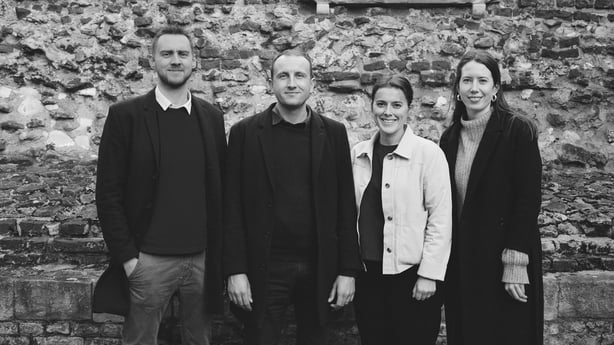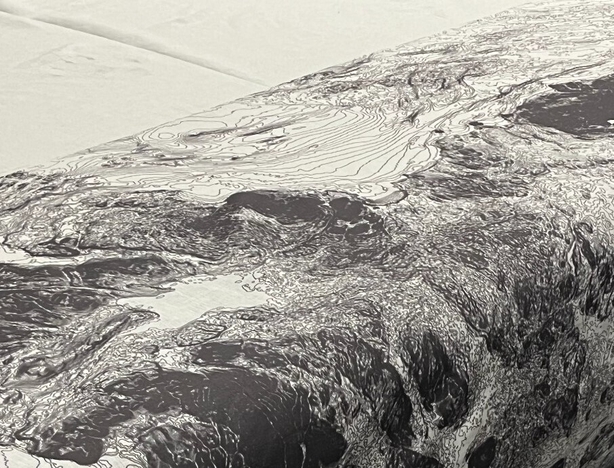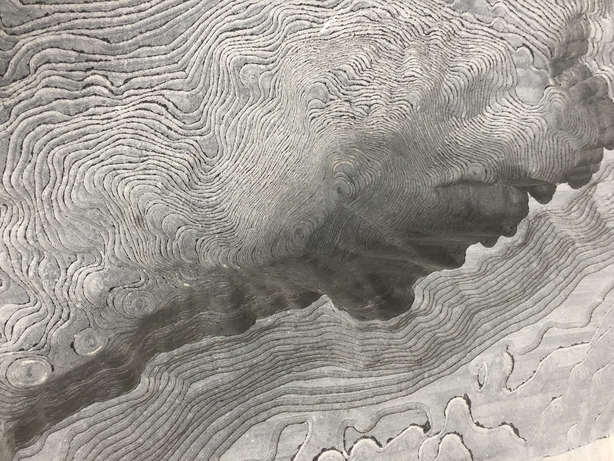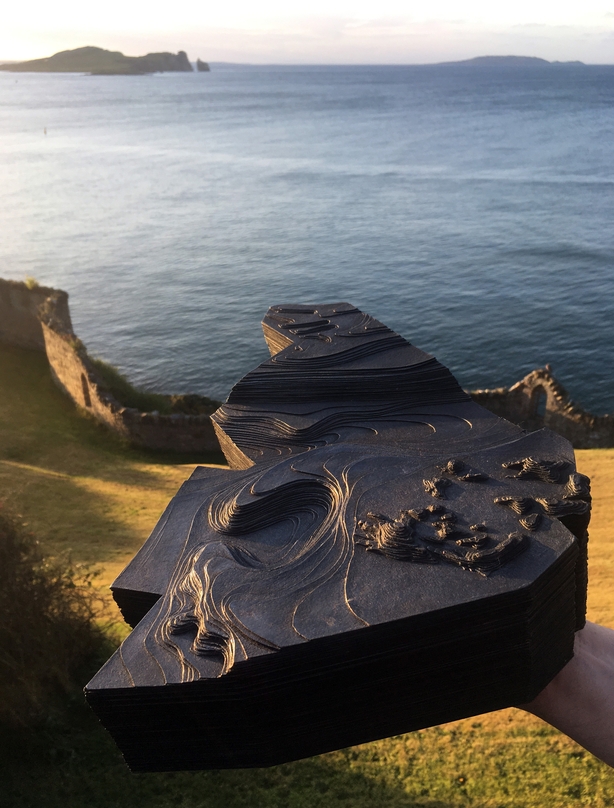'In the particular is contained the universal', Joyce famously claimed. Ireland’s pavilion at the 18th Venice Architecture Biennale seeks the universal in the myth of Hy-Brasil, but the pavilion is no mere exhibit. It is a call to action.
From 20th May until 26th November 2023, Ireland’s will be one of sixty-four national pavilions at the Giardini, Arsenale and across Venice. On 19 May, in the ultimate room of the Arsenale, Irish architects, designers, and architectural historians will gather to open the National Pavilion of Ireland with guest speeches from Nicholas Allen, Patricia O’Brien, the Ambassador of Ireland to Italy, and Patrick O’Donovan TD.
This year’s Biennale, titled The Laboratory of the Future, is under the curatorship of Ghanian-Scottish architect, novelist, and educator Lesley Lokko. For the first time ever, and as a striking demonstration of the strength of architecture in Ireland, an all-Irish team has been brought on board to be her Curatorial Assistants.

They are Emmett Scanlon as Artistic and Editorial Organiser, with Alice Clancy named Assistant to the Curator with responsibility for Curators' Special Projects, Laurence Lord as Assistant to the Curator with responsibility for Exhibition Design, and Sarah de Villiers.
In addition to the pavilions, Lokko invited special projects to respond to this year's theme, one being the architectural collective BothAnd Group made up of Andrew Ó Murchú, Jarek Adamczuk, Alice Clarke and Kate Rushe. A secretive Ó Murchú described their exhibition as 'a reflection on indigenous land management practices for the future of agriculture in a warming world’. This special project is sponsored by Culture Ireland, TU Dublin and the African Futures Institute.

The curators of the Irish Pavilion, entitled In Search of Hy-Brasil, are architects Peter Cody, Peter Carroll, Mary Laheen, Joseph Mackey and Elizabeth Hatz. The group will present their research of twenty-one Irish islands to prompt our thinking of what we might consider of building materials, how we might preserve and manage our natural environment, and what might constitute Ireland's geography.
Ireland often locates itself on the periphery; the Irish Pavilion aims to shift this geography by exploring the supercontinent of Pangaea, from a time in Earth’s history when Ireland and the rest of Western Europe bordered Africa and North America.

Co-curator Peter Carroll explains that ‘the genesis for the pavilion idea came even before the theme was announced. We attended the lecture Lesley Lokko gave in Trinity College Dublin last year for the AAI and she played a clip of the film Silence (2012) by Irish documentarist Pat Collins about a man returning to his home, Tory Island off Donegal, after some years and his recording of the soundscape’.
Carroll and Cody were at that stage immersed in a joint UCD/UL student study of Clare Island. This partnership organically expanded to Mary Laheen, who did extensive research into the dry walling of the Aran Islands, Joseph Mackey on his research of Spike Island with CCAE and Elizabeth Hatz who splits her lecturing in architecture between UL and her native Sweden.
The resulting Pavilion is not an exhibition of facts, but an immersion into the tangible and intangible materials of life of Ireland’s islands. Natural light illuminates Irish materials such as large slabs of limestone from Inis Meáin, Skellig Michael and Clare Island, black sheep’s wool, and Galwegian seaweed.

The backdrop to these stones is a linen tapestry of the first map of the seabed of Ireland’s maritime zone. Carroll pointed out that ‘We need to read Ireland in the context of a sea bed during this climate and biodiversity crisis and how we can ensure sustainable fishing and a sustainable source of energy by harnessing wind’.

For seating, there are two 7.2-metre-long woolsacks (one for adults and one for children) covered in black sea rope. The wool represents a time when the Irish Parliament sat on woolsacks as a symbol of prosperity. Another layer is the visual-audio exhibit, a fifteen-minute film of a day on Inis Meáin, made by Red Pepper Productions of spoken and sung Irish combined with the wildlife and the elements.

Visitors might raise an eyebrow to the absence of English at the Pavilion, with text only appearing in Irish and Italian. When asked about this omission, Carroll replied that our language has been revived with films like An Cailín Ciúin, which brought Irish to international screens. 'We are not coming up with solutions but matters that need to be urgently discussed'. Carroll continued, ‘We [architects] need to go beyond buildings at this stag eand the profession is uniquely placed to bring people together and engage in policy making for Ireland, including its islands’.

Following its presentation in Venice, In Search of Hy-Brasil will tour Ireland in 2024. This is an opportunity for architects and others to rethink our real andimagined geography, to look deeper and longer at our natural environment, and to reassess the materials and myths from which our futures might be built.
In Search of Hy-Brasil is at The Biennale Architettura 2023, which will be held from Saturday 20th May to Sunday 26th November 2023 - find out more here.


